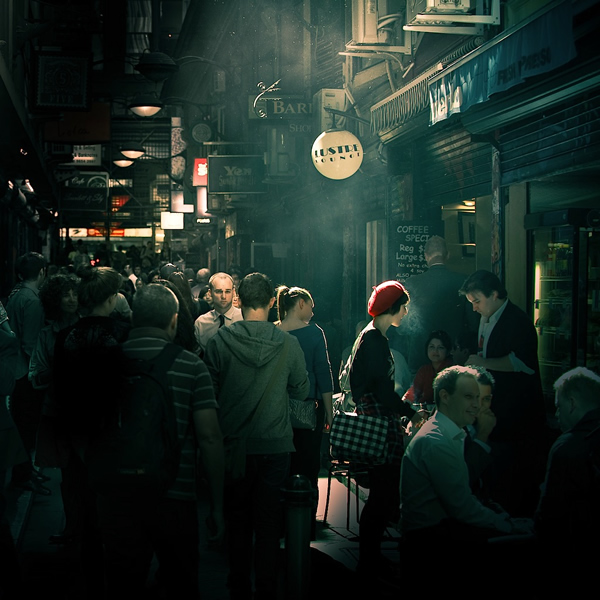Street Photographers Fundamentals Explained
Examine This Report on Street Photographers
Table of ContentsThe Main Principles Of Street Photographers An Unbiased View of Street PhotographersThings about Street Photographers7 Simple Techniques For Street PhotographersThe Main Principles Of Street Photographers
Road digital photographers do not always have a social objective in mind, however they prefer to separate and record minutes which might otherwise go unnoticed.Though he was affected by numerous of those that affected the road digital photographers of the 1950s and '60s, he was not primarily curious about catching the spirit of the road. The impulse to visually document people in public began with 19th-century painters such as Edgar Degas, douard Manet, and Henri de Toulouse-Lautrec, that worked side by side with photographers trying to record the significance of metropolitan life.
As a result of the comparatively primitive innovation available to him and the lengthy exposure time required, he battled to catch the stress of the Paris roads. He try out a collection of photographic techniques, attempting to discover one that would certainly enable him to catch motion without a blur, and he found some success with the calotype, patented in 1841 by William Henry Fox Talbot. As opposed to Atget, professional photographer Charles Marville was hired by the city of Paris to create an encyclopaedic document of Haussmann's urban preparation task as it unfolded, thus old and brand-new Paris. While the photographers' subject was basically the same, the results were markedly various, demonstrating the impact of the digital photographer's intent on the character of the images he created.
Not known Details About Street Photographers
Provided the fine quality of his photos and the breadth of product, designers and artists often got Atget's prints to utilize as recommendation for their very own work, though industrial passions were barely his major inspiration. Instead, he was driven to photo every last residue of the Paris he loved. The mingled interest and seriousness of his mission sparkle through, causing photographs that narrate his very own experience of the city, qualities that prepared for street photography of the 20th century.

Unlike his peers, Brassa utilized a larger-format Voigtlnder video camera with a much longer exposure time, compeling him to be more calculated and thoughtful in his technique than he may have been if making use of a Leica.

Street Photographers for Beginners
It is as a result of this fundamental understanding of the art of image taking that he is commonly attributed with discovering the tool around once more roughly a century since its innovation. He took photographs for greater than a half century and affected generations check out here of professional photographers to trust their eye and intuition in the minute.
These are the inquiries I shall try to respond to: And then I'll leave you with my very own meaning of road photography. Yes, we do. Allow's kick off with specifying what a definition is: According to it is: "The act of defining, or of making something certain, distinct, or clear".
No, absolutely not. The term is both limiting and misinforming. Sounds like a street digital photography should be pictures of a roads right?! And all street digital photographers, with the exception of a tiny number of absolute beginners, will fully appreciate that a street is not the essential component to street photography, and really if it's a picture of a street with perhaps a couple of boring people doing absolutely nothing of rate of interest, that's not street digital photography that's a photo of a road.
Street Photographers for Dummies
He makes a legitimate factor do not you believe? However, while I concur with him I'm unsure "honest public digital photography" will catch on (although I do type of like the term "honest photography") because "road photography" has been around for a very long time, with many masters' names attached to it, so I think the term is here to stay.
You can shoot at the coastline, at a festival, in a street, in a park, in a piazza, in a coffee shop, at a museum or art gallery, in a city station, at an occasion, on a bridge, under a bridge ...
Not known Details About Street Photographers
Yes, I'm afraid we worried no choice! Without rules we can not have a meaning, and without an interpretation we don't have a category, and without a category we do not have anything to specify what we do, and so we are stuck in a "guidelines definition genre" loop! - Street Photographers
